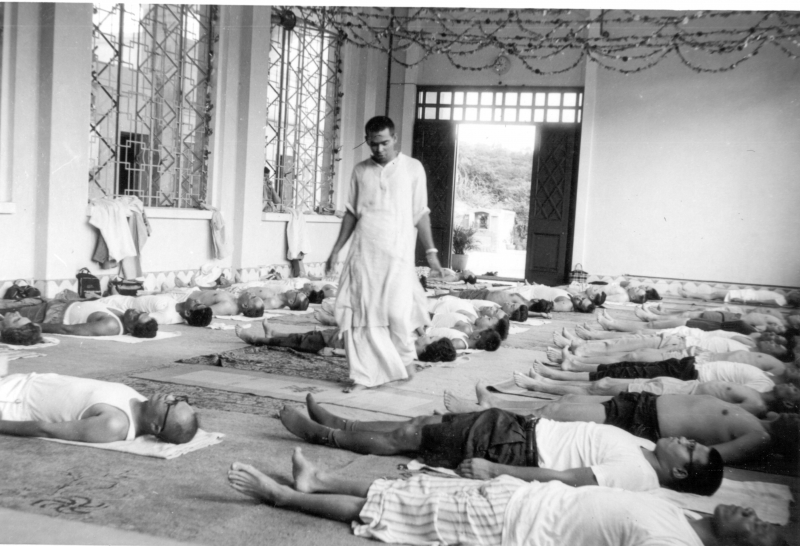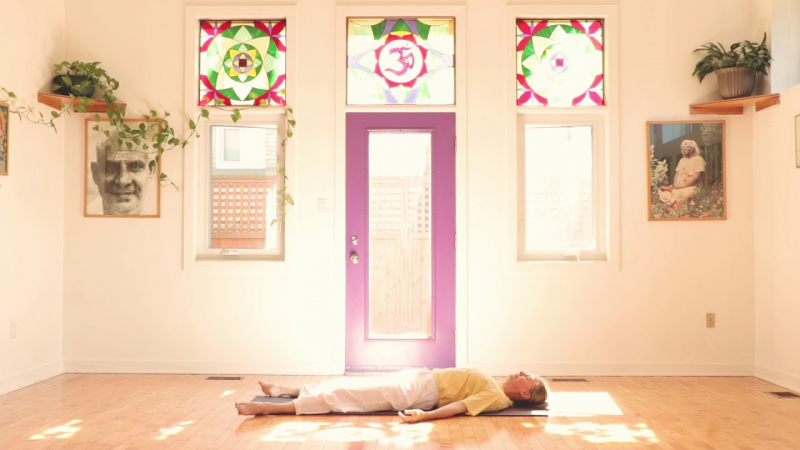Proper Relaxation – Śavāsana

Another principle among the five basic principles of yoga is no other than Proper Relaxation. Both efficient and appropriate sleep, as well as relaxation between asanas in the form of Savasana, are examples of proper relaxation. Relaxation has the same effect on the body that a radiator has on a car. Stress must be released from the body and mind in the same way that heat must be released from a motor engine. When the body and mind are overworked on a regular basis, their efficiency suffers. Relaxation is the process of recharging the body and mind in order to keep them working at their best.
Three levels of relaxation are acknowledged in yoga:
- Physical relaxation is achieved by the act of auto-suggestion, which involves drawing attention to specific body areas in order to intentionally relax them.
- Mental relaxation: By focusing on the breath, the mind gradually calms down.
- Spiritual relaxation: Going beyond the mind to experience the inner silence allows one to transcend all tensions and worries.
The word Śavāsana (corpse position) connotes total relaxation of the body, mind, and spirit. The ability to relax the body while remaining conscious in a supine position restores internal balance (homeostasis). The body can heal and restore itself more effectively when Savasana is practiced during asana class and the body is free to relax.
Maintaining proper body balance throughout the day with a well-planned schedule, time for good meals, and daily asana practice prepares you for optimal sleep at night. It takes effort and planning to fall asleep quickly, stay asleep all night, and wake up feeling refreshed.
People tend to take sleep for granted, pushing it to its limits throughout the day by consuming caffeine in the afternoon or evening, eating a big meal too close to bedtime, and not leaving enough time for the brain and body to wind down before going to bed. Then they wonder why their mind is racing and their sleep is troubled.
Proper relaxation is a necessity, not a luxury.






